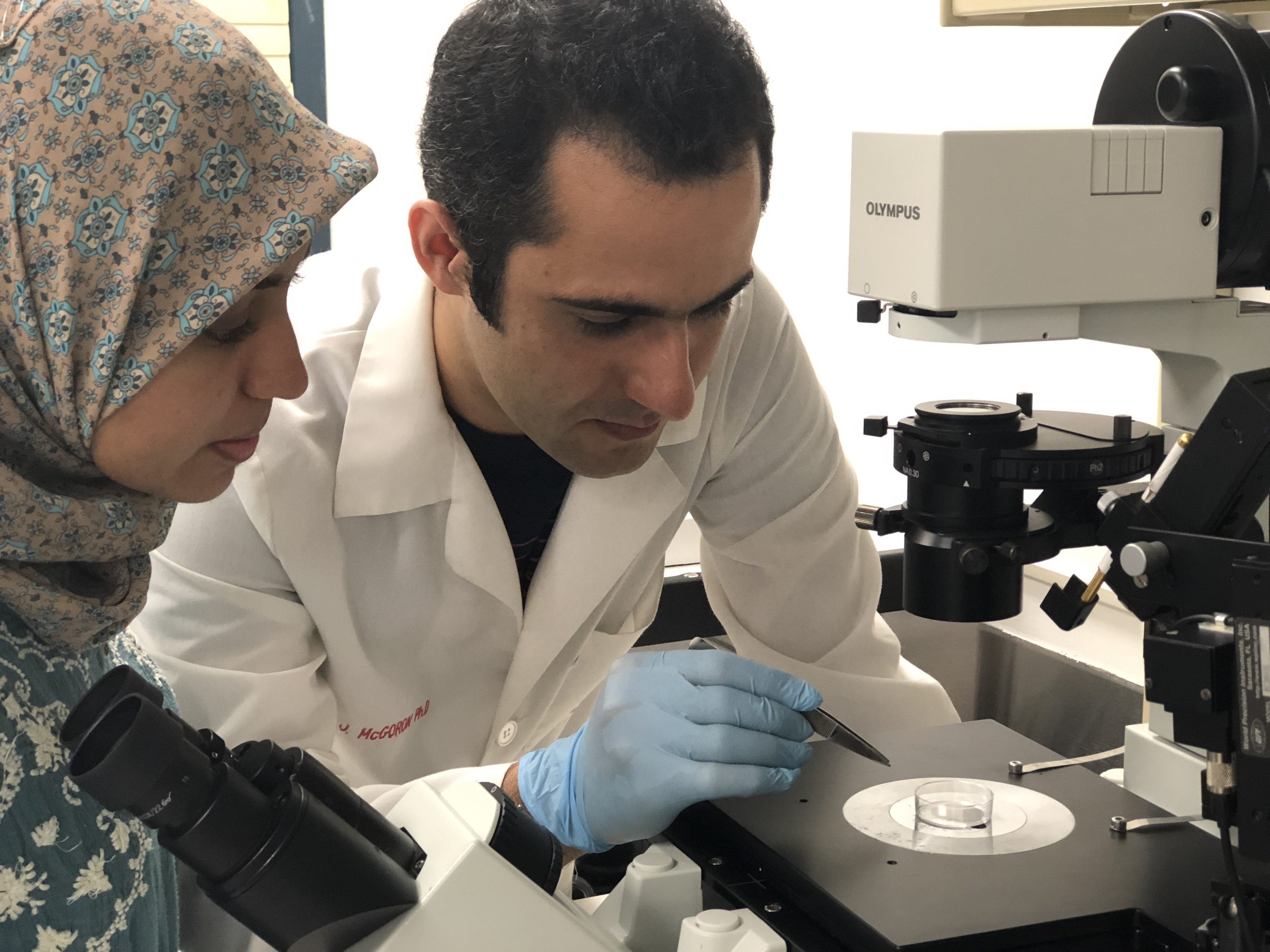
Biomedical Engineering Research Laboratories
The Florida International University Department of Biomedical Engineering is home to an outstanding group of cutting-edge researchers and world-class laboratories. Learn more about our Research Laboratories in Biomedical Engineering and our three core research strength areas of Basic Research in Engineering Tissue Model Systems, Diagnostic Bioimaging and Sensor Systems, and Therapeutic and Reparative Neurotechnology.
Optical Imaging Laboratory
Dr. Anuradha Godavarty
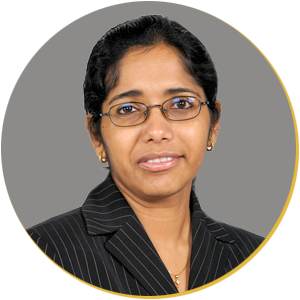 Our Optical Imaging Laboratory focuses on various clinical applications of near-infrared optical imaging technology. Some of the key ongoing projects include: (a) Non-contact hand-held optical imaging scanner for real-time assessment of oxygenation changes and perfusion changes in wound healing of diabetic foot ulcers, venous leg ulcers and arterial ulcers (clinical partners include dermatologists, podiatric surgeons, nursing, statistics, and computer science faculty). (b) Diffuse optical imaging of radiation dermatitis in cancer therapy subjects (clinical partners include radiation oncologists). (c) Smartphone based imaging technologies for low-resource settings and imaging of diabetics with ulcers (global clinical partners include diabetologists and podiatric surgeons).
Our Optical Imaging Laboratory focuses on various clinical applications of near-infrared optical imaging technology. Some of the key ongoing projects include: (a) Non-contact hand-held optical imaging scanner for real-time assessment of oxygenation changes and perfusion changes in wound healing of diabetic foot ulcers, venous leg ulcers and arterial ulcers (clinical partners include dermatologists, podiatric surgeons, nursing, statistics, and computer science faculty). (b) Diffuse optical imaging of radiation dermatitis in cancer therapy subjects (clinical partners include radiation oncologists). (c) Smartphone based imaging technologies for low-resource settings and imaging of diabetics with ulcers (global clinical partners include diabetologists and podiatric surgeons).
Cardiovascular Matrix Remodeling Laboratory
Dr. Joshua Hutcheson
 Research in the CMRL focuses on the mechanisms through which tissues are built, maintained, and remodeled. The primary thrust of the lab is on cardiovascular disease—the leading global cause of death. Researchers in the CMRL work at the interface of engineering and biology and study the mechanisms through which mechanical forces influence cell and tissue behavior. By understanding the ways that cells sense and respond to each other and to changes in their environment, the goal of the CMRL is to develop new ways to detect initiators of disease and find interventions that restore tissue to a normal state.
Research in the CMRL focuses on the mechanisms through which tissues are built, maintained, and remodeled. The primary thrust of the lab is on cardiovascular disease—the leading global cause of death. Researchers in the CMRL work at the interface of engineering and biology and study the mechanisms through which mechanical forces influence cell and tissue behavior. By understanding the ways that cells sense and respond to each other and to changes in their environment, the goal of the CMRL is to develop new ways to detect initiators of disease and find interventions that restore tissue to a normal state.
Eye Imaging Laboratory
Dr. Shuliang Jiao
 The goal of the Eye Imaging Lab is research is to help prevent and cure blindness through technological innovations. Dr. Jiao’s lab, is dedicated to the development of novel optical technologies for 3D high resolution imaging of the anatomy and functions of the eye in vivo. The optical imaging technologies the lab currently focuses on include Optical Coherence Tomography (OCT), Photoacoustic Microscopy, and Multimodal Imaging. These technologies serve as tools for the research and diagnosis of diseases such as age-related macular degeneration (AMD), glaucoma, and diabetic retinopathy. They also provide powerful tools for monitoring the functional regeneration of photoreceptors in regenerative medicine such as stem cell therapy.
The goal of the Eye Imaging Lab is research is to help prevent and cure blindness through technological innovations. Dr. Jiao’s lab, is dedicated to the development of novel optical technologies for 3D high resolution imaging of the anatomy and functions of the eye in vivo. The optical imaging technologies the lab currently focuses on include Optical Coherence Tomography (OCT), Photoacoustic Microscopy, and Multimodal Imaging. These technologies serve as tools for the research and diagnosis of diseases such as age-related macular degeneration (AMD), glaucoma, and diabetic retinopathy. They also provide powerful tools for monitoring the functional regeneration of photoreceptors in regenerative medicine such as stem cell therapy.
Biomedical Engineering Creative Lab: W[CL]2
Dr. Wei-Chiang Lin
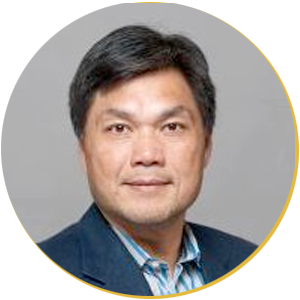 The mission of the Creative Lab is to produce creative engineering solutions for complex problems in biomedicine. Currently the team focuses on developing non-destructive optical and mechanical techniques that can detect disease development and tissue injuries in vivo. These techniques can be either one-dimensional (i.e., point detection) or multi-dimensional (i.e., imaging). The potential medical applications for such techniques, once developed, are abundant. For example, they may be used intraoperatively to guide tumor resection and to monitor the progression of a novel therapy.
The mission of the Creative Lab is to produce creative engineering solutions for complex problems in biomedicine. Currently the team focuses on developing non-destructive optical and mechanical techniques that can detect disease development and tissue injuries in vivo. These techniques can be either one-dimensional (i.e., point detection) or multi-dimensional (i.e., imaging). The potential medical applications for such techniques, once developed, are abundant. For example, they may be used intraoperatively to guide tumor resection and to monitor the progression of a novel therapy.
Drug Delivery and Imaging Guided Therapy Laboratory
Dr. Anthony McGoron
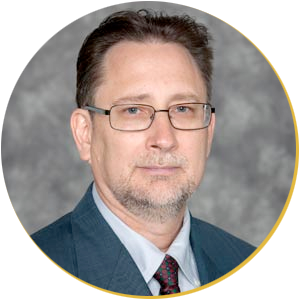 Research focuses on image guided therapy of cancer using polymer and inorganic nanoparticles, microparticles and small molecules. Imaging is used to identify patients likely to respond to a particular therapy, to monitor the delivery of the drug and the patient’s response to the therapy, and to guide surgical resection of tumors. Molecular Imaging modalities include nuclear (PET and SPECT), near-infrared fluorescence, and Surface Enhanced Raman Spectroscopy (SERS). Therapeutic approaches include chemotherapy, photo-dynamic therapy, photo-thermal therapy, and radiation therapy.
Research focuses on image guided therapy of cancer using polymer and inorganic nanoparticles, microparticles and small molecules. Imaging is used to identify patients likely to respond to a particular therapy, to monitor the delivery of the drug and the patient’s response to the therapy, and to guide surgical resection of tumors. Molecular Imaging modalities include nuclear (PET and SPECT), near-infrared fluorescence, and Surface Enhanced Raman Spectroscopy (SERS). Therapeutic approaches include chemotherapy, photo-dynamic therapy, photo-thermal therapy, and radiation therapy.
Bioelectronic and Electronic Packaging Lab
Dr. Raj Markondeya
 Current bioelectronic packaging approaches for neural stimulation and recording involve large enclosures with leads and connectors that are not scalable to address the need for high-channel density nerve interfaces in ultra-thin or flexible form-factors. A highly-miniaturized fully-implanted high-density electrode array that is actively powered on or close to the electrode array itself, with integrated data processing, can enable new applications and opportunities for healthcare. Realizing these systems require heterogeneous integration of several functions such as power transfer and conversion, data processing, high-density but biocompatible electrode-tissue interfaces and miniaturized hermetic packages. All these functions need to be achieved in sub-millimeter dimensions. The bioelectronic packaging group focuses on developing system components and integration solutions to realize such next-generation bioelectronic systems.
Current bioelectronic packaging approaches for neural stimulation and recording involve large enclosures with leads and connectors that are not scalable to address the need for high-channel density nerve interfaces in ultra-thin or flexible form-factors. A highly-miniaturized fully-implanted high-density electrode array that is actively powered on or close to the electrode array itself, with integrated data processing, can enable new applications and opportunities for healthcare. Realizing these systems require heterogeneous integration of several functions such as power transfer and conversion, data processing, high-density but biocompatible electrode-tissue interfaces and miniaturized hermetic packages. All these functions need to be achieved in sub-millimeter dimensions. The bioelectronic packaging group focuses on developing system components and integration solutions to realize such next-generation bioelectronic systems.
Cardiovascular Therapeutics Laboratory (CV-PEUTICS Lab)
Dr. Sharan Ramaswamy
 The Cardiovascular Therapeutics (CV-PEUTICS LAB), formerly known as the TEMIM LAB’s primary research focus lies in the area of cell and engineered tissue mechanics with application in cardiovascular regenerative medicine. The CV-PEUTICS Lab, conducts both experimental and computational investigations in this area. A major goal of the lab is to develop functional valves with regenerative capacities (FVRC) using 1) porcine small intestinal submucosa (PSIS) substrates and 2) mechanically regulate stem cells for the FVRC application as well as for (3) broader application in cardiovascular regenerative medicine. Concurrently the CV-PEUTICS lab is also working towards the elucidation of mechanobiological cellular and molecular mechanisms that are involved in the etiology of valve diseases, particularly aortic valve calcification. Two specific projects in this area involve: (4) the delineation of flow conditions of the aortic valve that may serve to elucidate mechanosensitive pathways in vascular and valvular cells that lead to calcific aortic valve disease (CAVD), that in turn can be utilized for the development of an engineered CAVD tissue model system for drug discovery. (5) Computational biomechanical models that can help elucidate sub-clinical thrombosis (and stroke) risks in patient-specific geometries after undergoing a trans-aortic valve replacement (TAVR) procedure.
The Cardiovascular Therapeutics (CV-PEUTICS LAB), formerly known as the TEMIM LAB’s primary research focus lies in the area of cell and engineered tissue mechanics with application in cardiovascular regenerative medicine. The CV-PEUTICS Lab, conducts both experimental and computational investigations in this area. A major goal of the lab is to develop functional valves with regenerative capacities (FVRC) using 1) porcine small intestinal submucosa (PSIS) substrates and 2) mechanically regulate stem cells for the FVRC application as well as for (3) broader application in cardiovascular regenerative medicine. Concurrently the CV-PEUTICS lab is also working towards the elucidation of mechanobiological cellular and molecular mechanisms that are involved in the etiology of valve diseases, particularly aortic valve calcification. Two specific projects in this area involve: (4) the delineation of flow conditions of the aortic valve that may serve to elucidate mechanosensitive pathways in vascular and valvular cells that lead to calcific aortic valve disease (CAVD), that in turn can be utilized for the development of an engineered CAVD tissue model system for drug discovery. (5) Computational biomechanical models that can help elucidate sub-clinical thrombosis (and stroke) risks in patient-specific geometries after undergoing a trans-aortic valve replacement (TAVR) procedure.
The research in the CV-PEUTICS Lab has been supported by the AHA, the Florida Heart Research Institute, NSF, industry and academic funding sources.
Medical Photonics Laboratory
Dr. Jessica Ramella-Roman
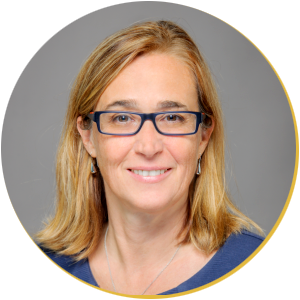 The Medical Photonics Lab (MPL) conducts research in bio-photonics and focuses on the investigation of non-invasive methodologies for diagnosis of disease based on light-tissue interaction. Researchers are developing new imaging methodologies combining polarization sensitive techniques and non-linear microscopy to investigate anomalous organization of the extracellular matrix in several biological environments. They are utilizing these methodologies to investigate preterm labor a condition that affects 10 – 15 % of all pregnancies with severe consequences to mother and child. They are also researching early signs of Diabetic Retinopathy through the combination of imaging spectroscopy and Two-photon excitation phosphorescence lifetime imaging.
The Medical Photonics Lab (MPL) conducts research in bio-photonics and focuses on the investigation of non-invasive methodologies for diagnosis of disease based on light-tissue interaction. Researchers are developing new imaging methodologies combining polarization sensitive techniques and non-linear microscopy to investigate anomalous organization of the extracellular matrix in several biological environments. They are utilizing these methodologies to investigate preterm labor a condition that affects 10 – 15 % of all pregnancies with severe consequences to mother and child. They are also researching early signs of Diabetic Retinopathy through the combination of imaging spectroscopy and Two-photon excitation phosphorescence lifetime imaging.
Neuronal Mass Dynamics Laboratory
Dr. Jorge Riera
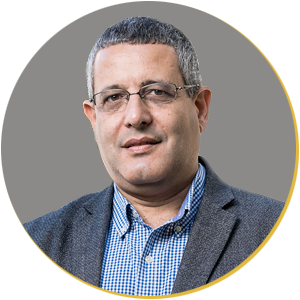 Research at the Neuronal Mass Dynamics (NMD) laboratory focuses on developing strategies to integrate different modalities of brain imaging for the understanding of multicellular signaling in the neocortex. Dr. Riera’s early work has been essential to understand the mechanisms of genesis of EEG/MEG and fMRI-BOLD signals in normal and pathological conditions. Based on data from humans and rodents, lab members have developed biophysical models of cortical microcircuits and neurovascular/metabolic coupling. These models underlie US-patented methods to study multi-scale cellular dynamics using brain imaging and electrophysiological techniques. Of particular interest is the development of pre-clinical rodent models to study epilepsy, migraine and dementia by means of brain mapping. Members have been working with the Nicklaus Children Hospital and the Miller School Medicine at UM for the translation of his animal studies into clinical practice to improve surgical outcomes in epilepsy. In the NMD lab, two groundbreaking techniques have been developed in collaboration with and commercialized by industrial partners: a) an EEG mini-cap (Cortech Solution) and b) a 3D microelectrode array (Neuronexus Tech.). The lab’s research has been funded by NSF, NIH and the Wallace Coulter Foundation.
Research at the Neuronal Mass Dynamics (NMD) laboratory focuses on developing strategies to integrate different modalities of brain imaging for the understanding of multicellular signaling in the neocortex. Dr. Riera’s early work has been essential to understand the mechanisms of genesis of EEG/MEG and fMRI-BOLD signals in normal and pathological conditions. Based on data from humans and rodents, lab members have developed biophysical models of cortical microcircuits and neurovascular/metabolic coupling. These models underlie US-patented methods to study multi-scale cellular dynamics using brain imaging and electrophysiological techniques. Of particular interest is the development of pre-clinical rodent models to study epilepsy, migraine and dementia by means of brain mapping. Members have been working with the Nicklaus Children Hospital and the Miller School Medicine at UM for the translation of his animal studies into clinical practice to improve surgical outcomes in epilepsy. In the NMD lab, two groundbreaking techniques have been developed in collaboration with and commercialized by industrial partners: a) an EEG mini-cap (Cortech Solution) and b) a 3D microelectrode array (Neuronexus Tech.). The lab’s research has been funded by NSF, NIH and the Wallace Coulter Foundation.
Prasad Lab for Materials Research
Dr. Anamika Prasad
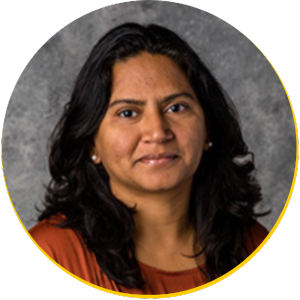 The Prasad Lab for Materials Research focuses on bio-based/bio-inspired material, nanomechanics of materials, and biomedical devices for healthcare & precision agriculture. Research areas within the Prasad Lab are the following: a) plant biomechanics, b) biomaterials for tissue engineering, c) bone biomechanics, and d) specialized manufacturing including electrospinning and additive manufacturing.
The Prasad Lab for Materials Research focuses on bio-based/bio-inspired material, nanomechanics of materials, and biomedical devices for healthcare & precision agriculture. Research areas within the Prasad Lab are the following: a) plant biomechanics, b) biomaterials for tissue engineering, c) bone biomechanics, and d) specialized manufacturing including electrospinning and additive manufacturing.
Vascular Physiology and Biotransport Laboratory
Dr. Nikolaos Tsoukias
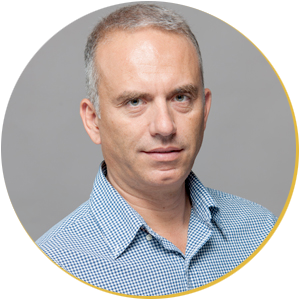 The main focus of the laboratory is on the mechanisms that regulate blood flow and pressure in the human body. The lab investigates the physiology of the microcirculation through the parallel development of theoretical and experimental models. Mathematical modeling guides experimentation and assist in data analysis while in vitro experimental studies provide important modeling parameters and promote further model development.
The main focus of the laboratory is on the mechanisms that regulate blood flow and pressure in the human body. The lab investigates the physiology of the microcirculation through the parallel development of theoretical and experimental models. Mathematical modeling guides experimentation and assist in data analysis while in vitro experimental studies provide important modeling parameters and promote further model development.
